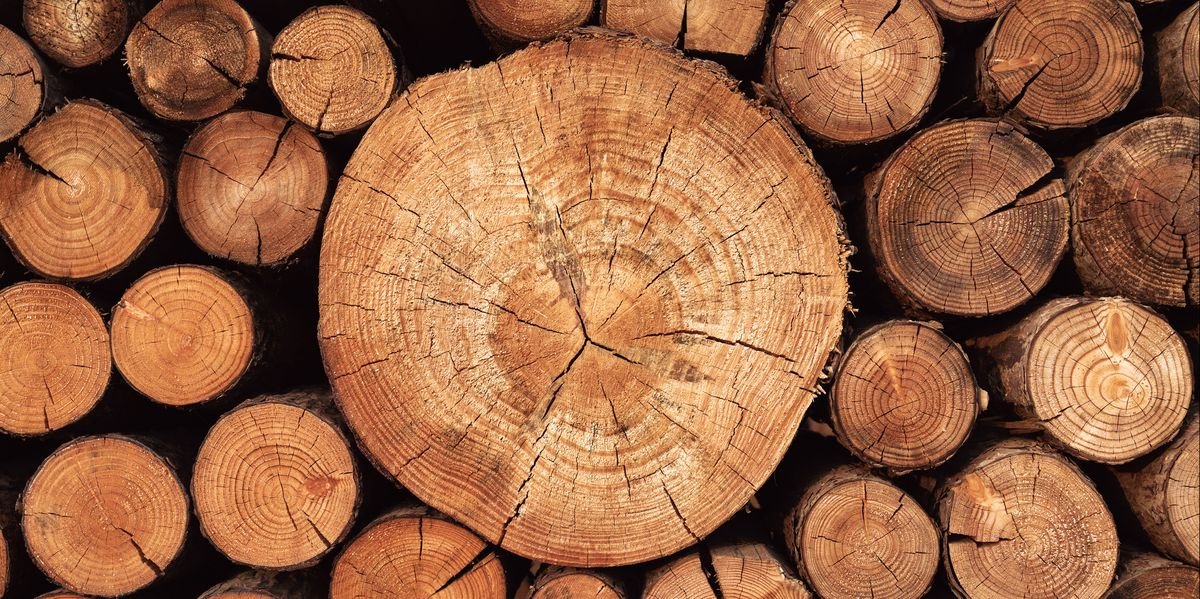The Japanese Space Agency (JAXA) and NASA plan to launch a wooden satellite in 2024. Independent he says:
The high durability of wood in space was recently tested and confirmed on the International Space Station (ISS) by an international team of scientists from University of Kyoto. Their experiments showed that wood samples tested on the ISS for durability suffered minimal wear and maintained very good stability.

The strength tests and structural analyzes of the wood samples were done when they were returned to Earth from the ISS by Japanese astronaut Koichi Wakata.
Despite the extreme conditions prevailing in space, such as thermo changeswinelet, exposure to cosmic rays and dangerous solar particles for 10 months, tests found no changes in the samples, such as cracks, distortion, peeling or surface damage, according to a recent report from Kyoto University. The recovered wood samples were tested and showed no deformation after exposure to space and also did not undergo any mass change before and after use, the scientists reported.
The international research team is designing the LignoSat satellite, which will be launched jointly with Nasa and Japan's Jaxa space agency in 2024. It will likely use Magnolia wood, or “Hoonoki” in Japanese, for its construction.
Magnolia, as they said researchers, is easily worked, has relatively high dimensional stability and overall strength, making its properties ideal for Mission.
Wood also has some advantages over the complex alloys used in spacecraft, being environmentally friendly, easier to produce and better disposed of at the end of a satellite's life.
Such wooden satellites may be designed to burn up completely on re-entry into the atmosphere, and if small fragments survive, they may disintegrate very easily without contaminating the environment.





